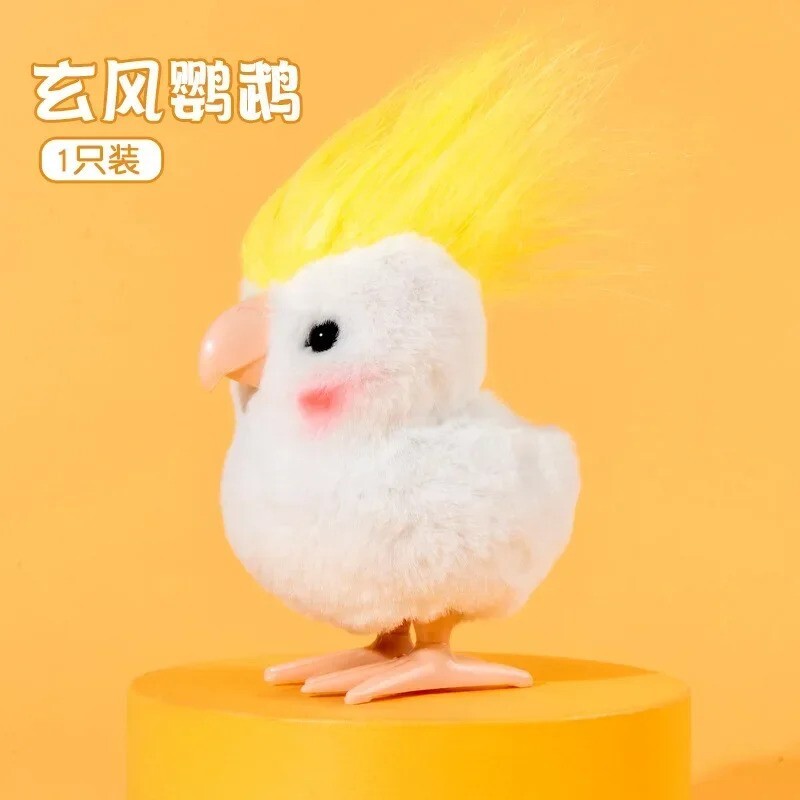Authentication and Identification

Identifying Authentic Vintage Toys
Authentication is crucial when collecting vintage mechanical toys. Authentic pieces have specific characteristics that distinguish them from reproductions or later copies. Look for manufacturer's marks, construction methods, materials, and mechanical details that are consistent with the original production period.
Examine the quality of materials and construction. Authentic vintage toys were typically made with high-quality materials and careful attention to detail. The mechanical components should show evidence of precision manufacturing, while the exterior materials should be consistent with the era of production.
Common Authentication Markers
Manufacturer's marks, serial numbers, and date codes can provide important clues about authenticity. These markings are often found on the mechanical components or interior surfaces. Research the specific markings used by different manufacturers during different time periods.
Construction methods and materials can also indicate authenticity. Vintage toys often used specific types of springs, gears, and other components that are characteristic of their era. The quality and finish of these components can help distinguish authentic pieces from reproductions.